The Online Fashion Retail Market is currently characterized by a dynamic competitive landscape, driven by rapid technological advancements and shifting consumer preferences. Major players such as Amazon (US), Zalando (DE), and Shein (CN) are at the forefront, each adopting distinct strategies to enhance their market positioning. Amazon (US) continues to leverage its vast logistics network and data analytics capabilities to personalize shopping experiences, while Zalando (DE) focuses on sustainability initiatives, aiming to become a leader in eco-friendly fashion. Shein (CN), on the other hand, capitalizes on its agile supply chain and trend-responsive production model, allowing it to introduce new styles at an unprecedented pace. Collectively, these strategies not only intensify competition but also reshape consumer expectations regarding convenience, sustainability, and product variety.
In terms of business tactics, companies are increasingly localizing manufacturing and optimizing supply chains to respond swiftly to market demands. The Online Fashion Retail Market appears moderately fragmented, with a mix of established brands and emerging players vying for consumer attention. The collective influence of key players fosters a competitive environment where innovation and operational efficiency are paramount, compelling companies to continuously adapt their strategies to maintain relevance.
In September 2025, Amazon (US) announced the launch of its new "Amazon Fashion Hub," a dedicated platform aimed at enhancing the shopping experience through augmented reality features. This strategic move is significant as it not only aligns with the growing trend of digitalization but also positions Amazon to capture a larger share of the fashion market by offering immersive shopping experiences that appeal to tech-savvy consumers. The integration of AR technology could potentially redefine how customers interact with fashion products online, setting a new standard in the industry.
In August 2025, Zalando (DE) unveiled its "Sustainability Roadmap 2025," which outlines ambitious targets for reducing carbon emissions and increasing the use of sustainable materials. This initiative underscores Zalando's commitment to sustainability, which is increasingly becoming a critical factor for consumers. By prioritizing eco-friendly practices, Zalando not only enhances its brand image but also aligns itself with the values of a growing segment of environmentally conscious shoppers, thereby strengthening its competitive edge.
In July 2025, Shein (CN) expanded its The Online Fashion Retail, launching localized websites and distribution centers in Brazil and Argentina. This expansion is strategically important as it allows Shein to tap into new consumer bases and diversify its revenue streams. By establishing a presence in emerging markets, Shein positions itself to leverage the increasing demand for affordable fashion in these regions, potentially outpacing competitors who may be slower to adapt.
As of October 2025, the Online Fashion Retail Market is witnessing a pronounced shift towards digitalization, sustainability, and the integration of artificial intelligence. Strategic alliances among companies are becoming increasingly prevalent, as brands collaborate to enhance their technological capabilities and sustainability efforts. Looking ahead, competitive differentiation is likely to evolve from traditional price-based competition to a focus on innovation, technological advancements, and supply chain reliability. Companies that can effectively harness these trends will likely emerge as leaders in the ever-evolving landscape of online fashion retail.


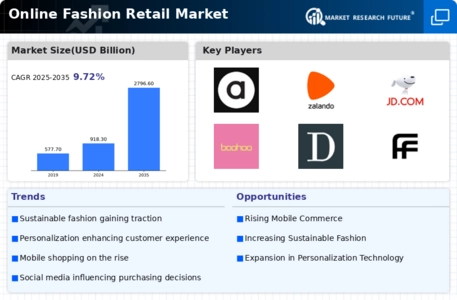
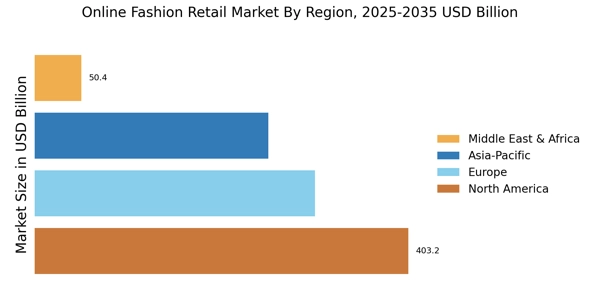
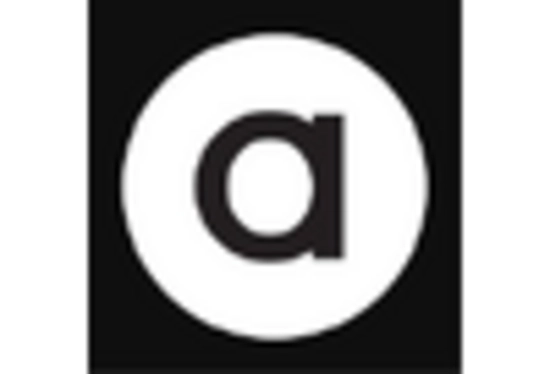

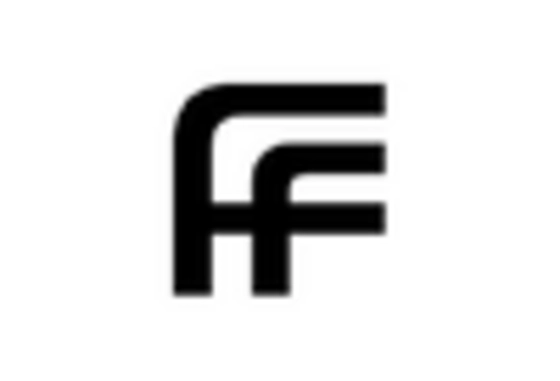
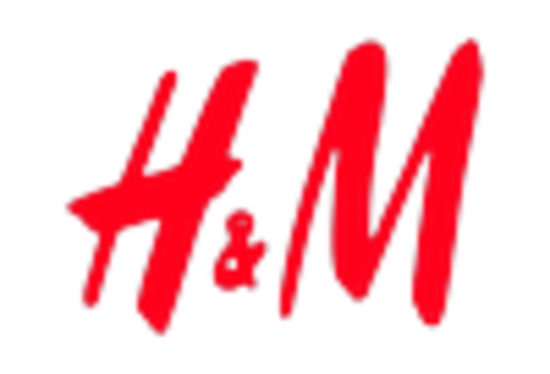
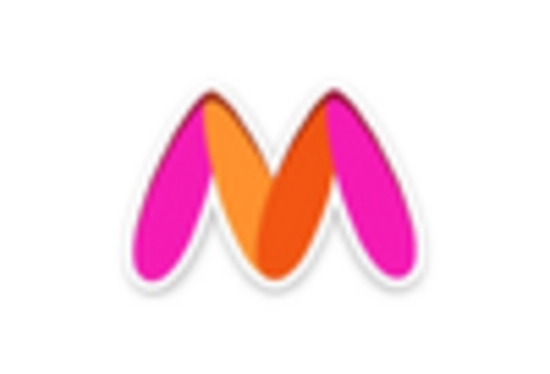
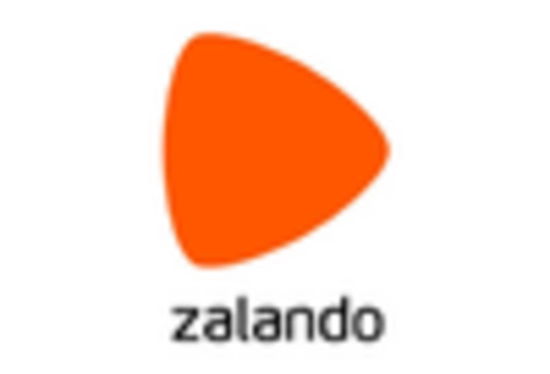








Leave a Comment